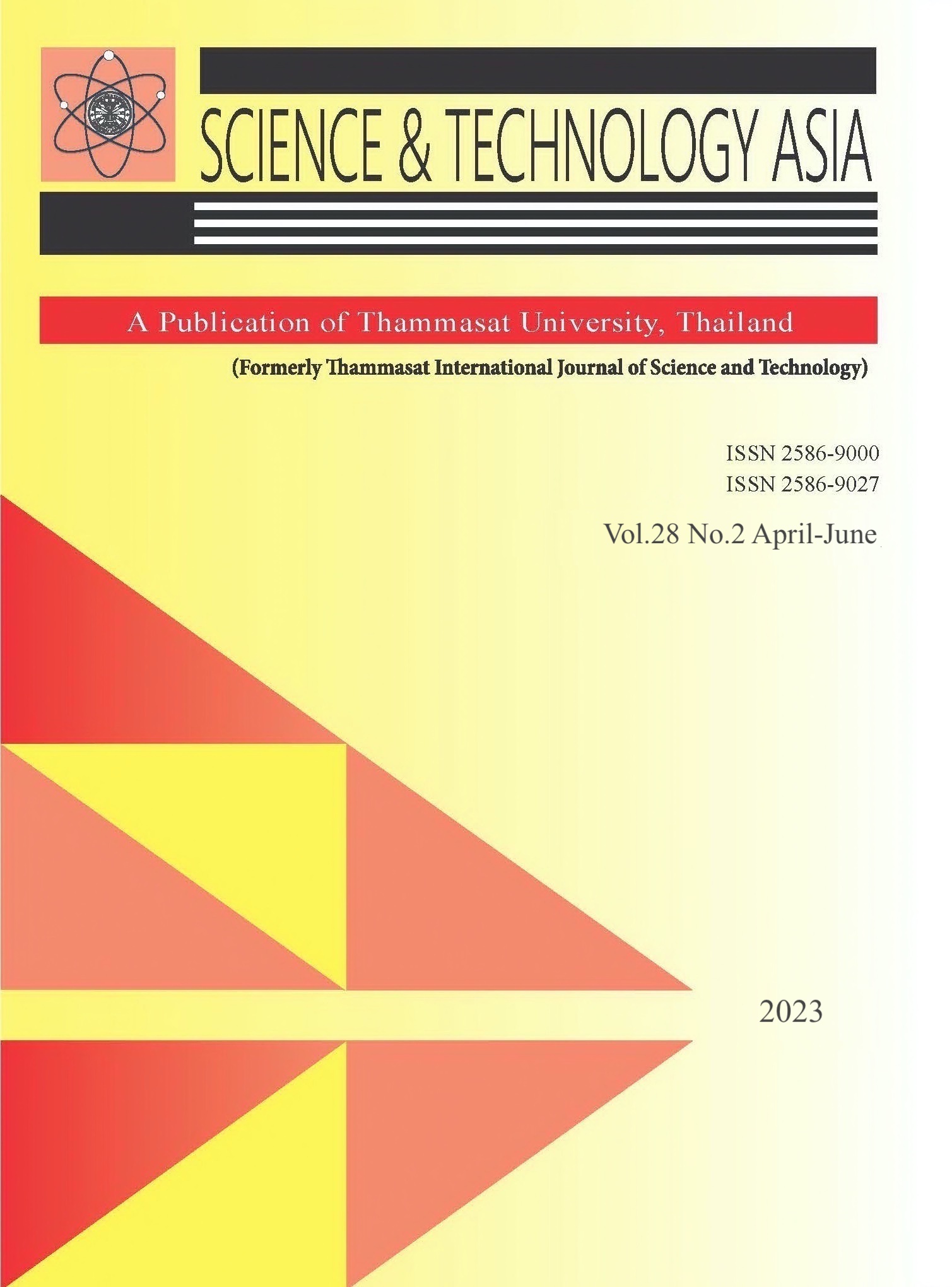Selection of Multinomial Logit Models Based on Accuracy Reclassification of the Area Sampling Frame Labels
Main Article Content
Abstract
A country needs accurate information about harvested area data to calculate national agricultural production precisely. In Indonesia, the size of the rice paddy harvested area is calculated based on observations from the Area Sampling Frame (ASF) survey. The observations were grouped into eight labels of land conditions: early vegetative, late vegetative, generative, harvest, land preparation, puso, non-rice in paddy fields, and non-rice fields. This paper develops several multinomial logit models based on the reclassification of ASF's labels. Furthermore, the models are built by utilizing the LANDSAT 8 spectral indices as a linear predictor. In addition, this study has also used imputation techniques to handle large missing data because the spectral indices data are not available due to cloud cover. The results showed the three best models for the classification of rice growth phases, i.e., the second, third, and fifth models. The second and third models are two classification models based on the reclassification of the ASF's labels. The third model is the recommended model in classifying the rice growth phase in the ASF survey because it has the highest balanced accuracy and can also increase the classification accuracy for the harvest phase. In general, the LANDSAT 8 spectral indices that give the most significant contribution to the harvest phase are EVIt, NDBIt-1, and MNDWIt-1. In the future, this model can be used to classify rice growth phases using spectral indices from LANDSAT 8.
Article Details

This work is licensed under a Creative Commons Attribution-NonCommercial-NoDerivatives 4.0 International License.


